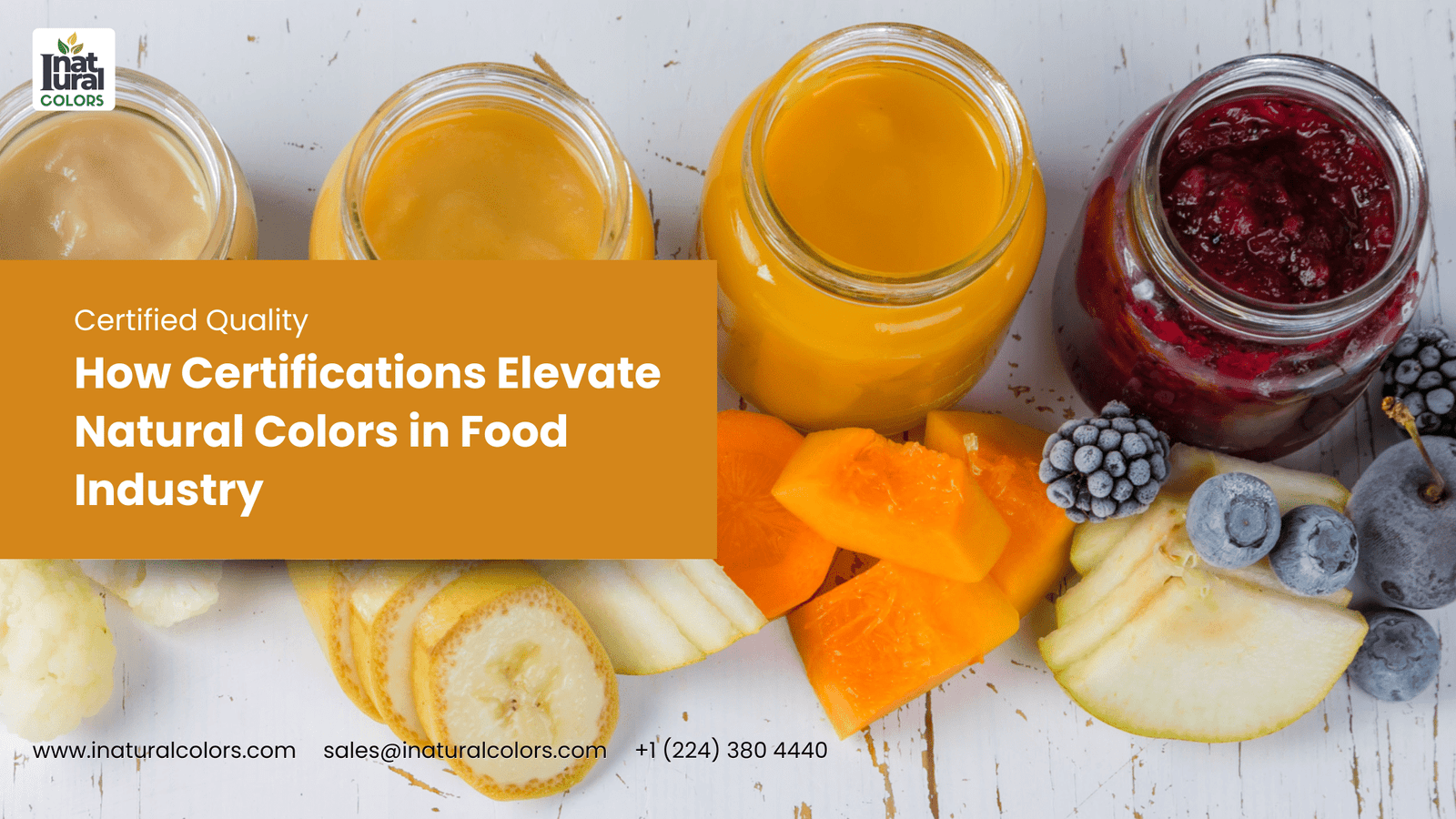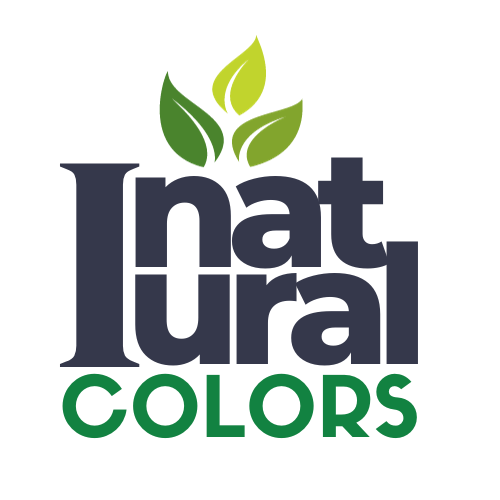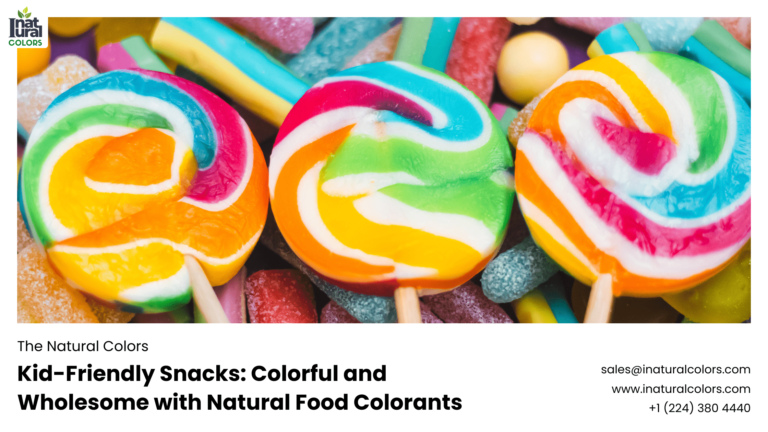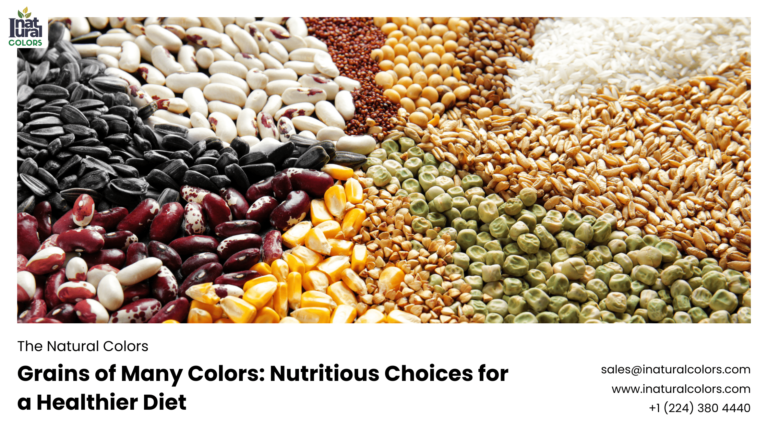Beautiful Plants For Your Interior

In the realm of food and beverage manufacturing, the color of a product is not merely a superficial characteristic; it is a pivotal factor that influences consumer perception and choice. As the adage goes, “we eat with our eyes first,” and the color of food plays a crucial role in how we experience taste and flavor. With the rising consumer demand for natural and organic products, the food industry is witnessing a significant shift towards the use of natural colors. This transition is further reinforced by the increasing scrutiny of synthetic colorants and their potential health implications. Amidst this landscape, certifications have emerged as a beacon of trust and quality assurance, guiding consumers in their quest for wholesome and safe products.
Certifications: The Gatekeepers of Quality
Certifications serve as a testament to the quality and safety of natural colors used in food products. They are not just mere labels but are rigorous processes that ensure that the natural colors meet specific standards of purity, safety, and ethical sourcing. For instance, certifications like USDA Organic, Non-GMO Project Verified, and Vegan Society Approved are sought after by consumers who are concerned about the environmental and health impacts of the products they consume.
The FDA’s Role in Color Additive Certification
The U.S. Food and Drug Administration (FDA) categorizes color additives into two groups: certified colors, which undergo a stringent certification process, and colors exempt from certification, commonly referred to as natural colors. Certified colors have been the industry standard for decades, but the burgeoning interest in natural alternatives has led to a surge in the use of plant extracts and other natural materials as colorants.
Consumer Preferences Shifting Towards Natural Colors
A survey conducted by Sensient Colors revealed that 34% of American consumers were either very or extremely concerned about synthetic or artificial food colorings, with 66% at least somewhat concerned1. This growing consumer awareness has fueled the demand for natural colors, propelling the market towards a projected value of $14 billion by 2028.
The Economic Implications of Adulteration
The popularity of natural colors has also opened the door to economic adulteration, where the lack of standardized definitions and quality control for natural colors can lead to misbranding or even serious cases of contamination2. Certifications play a critical role in mitigating these risks by establishing consistent industry-wide safety standards.
Sustainable Practices and Certifications
Companies like ONC Natural Colors are leading the way in sustainable beauty by adhering to strict guidelines for their ingredients’ impact on human health and the environment. Their products are certified organic, vegan, and cruelty-free, making them appealing to a broad audience.
The Environmental and Health Benefits of Natural Colors
Natural colors are not only aesthetically pleasing but also offer numerous health and environmental benefits. Their use promotes sustainable practices, which are increasingly important in today’s world.
The Business Case for Certifications
For manufacturers, the decision to pursue certifications for natural colors is not just an ethical one but also a strategic business move. The use of certified natural colors can enhance brand reputation, build consumer trust, and ultimately lead to increased sales.
Conclusion
Certifications are more than just a marketing tool; they are a commitment to quality, safety, and sustainability. As the industry continues to evolve, certifications will play an even more significant role in shaping the future of natural colors in food manufacturing.



